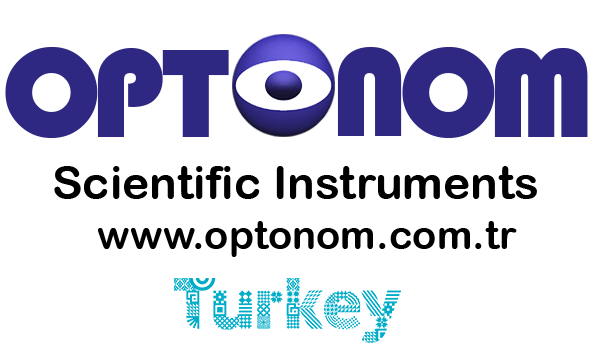Optical Dilatometer

Optonom OD- 201 model optical dilatometer has been developed as a result of long Research and Development activities to meet the needs of glass, ceramic, metal, plastic industries, universities, test and research centers.


High-resolution image sensor by an optical system to analyze in real time the desired sample analysis can be performed. Therefore, video images can be monitored in real time as well as photo image.

The biggest advantage compared to traditional mechanical push-rod dilatometers, is to provide the opportunity to measure directly without any physical contact with the sample.

Because of the influence of the sample thrust in push-rod mechanical dilatometer made with high margin of error of linear expansion measurements. Fewer errors can be made with OD-201 optical dilatometer through as physical non- contact. Due to horizontal design, thin film sample measurements can be easily accomplished that cannot be carried out in conventional push-rod mechanical dilatometers. .
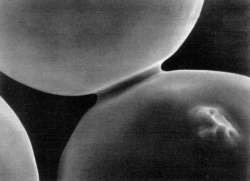
Optonom OD-201 model thermal processing providing the connection of particles at high temperatures occurring in the samples can be observed through the optical dilatometer briefly sintering.
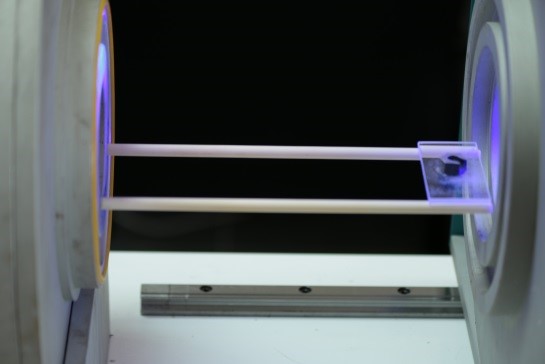
The process of compacting and forming a solid mass of material by heat and/or pressure without melting it to the point of liquefaction can be measured by Optonom OD-201 optical dilatometer.

Application
- Heat Microscope
- Optic Fleximeter
- Non-contact Expansion measurement
- Thin-Film Sample Measurement
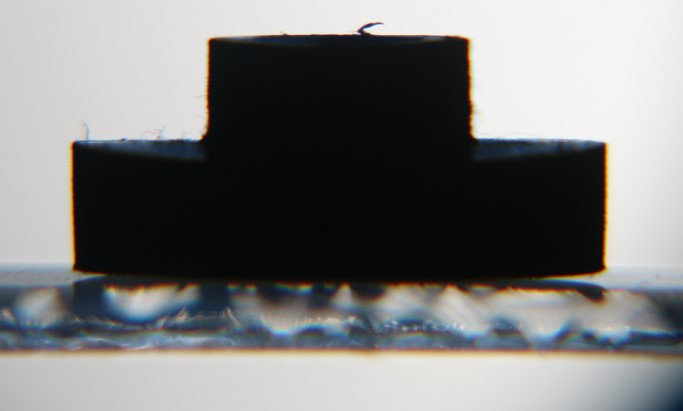
Areas Of Usage
- Research Centers
- Metal Industry
- Enamel coatings Industry
- Ceramics Industry
- Glass Industry
- Universities
- Quality Control Centers
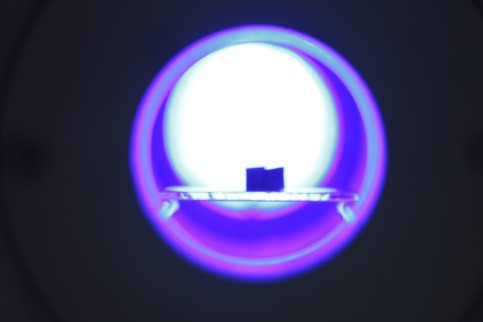
Heat Microscope Applications
- Ash fusion microscopy
- Observation and analysis of sintering processes
- Microscopy at high temperatures and under different atmospheres
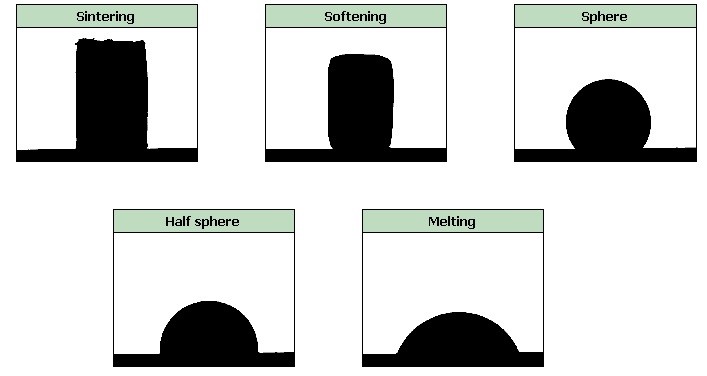
• Surface diffusion – Diffusion of atoms along the surface of a particle
• Vapor transport – Evaporation of atoms which condense on a different surface
• Lattice diffusion from surface – atoms from surface diffuse through lattice
• Lattice diffusion from grain boundary – atom from grain boundary diffuses through lattice
• Grain boundary diffusion – atoms diffuse along grain boundary
• Plastic deformation – dislocation motion causes flow of matter
| Model | OD-201 |
| Type | Horizontal |
| Control | Computer Controled |
| Interface | USB |
| Software | Optonom OD-201 Software |
| Temperature Range | 25°C 500°C, 25°C -1000°C, 25°C - 1200°C, 25°C - 1600°C, 25°C - 1800°C |
| Measurement Type | Optical Non-Contact |
| Measurement Precision | 4μm |
| Atmosphere | Vacuum ve Inert Gas |
Click here to access technical documents

.png)
